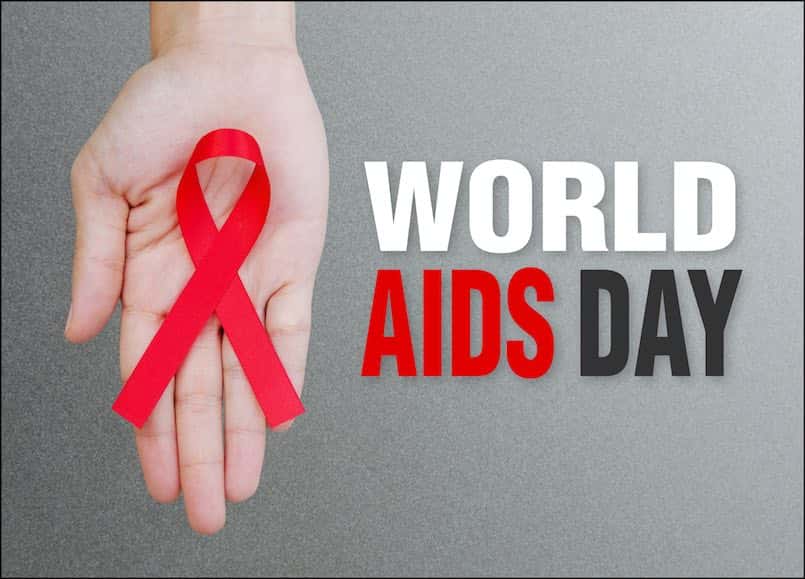Human Immunodeficiency Virus (HIV) has been a global health concerns since the 1980’s, killing approximately 34 million lives worldwide (WHO, 2016). Every year World AIDS Day is observed on December 1st for people to show their support, advocate for HIV, and to remember those who have past as a result of this virus. HIV is a virus that weakens the immune system, in its final stage becomes AIDs, without treatment individuals with AIDS survive for 3 years (CDC, 2016). Currently, there is not a cure for AIDS, but with medical care, HIV can be controlled. According to the World Health Organization (2016), individuals are recommended to get tested if they identify with any of the following risk factors:
- Having unprotected anal or vaginal sex.
- Having a different Sexually Transmitted Infection (STI) (e.g. syphilis, herpes, chlamydia, gonorrhea, and bacterial vaginosis).
- Sharing dirty needles, syringes or other injectable equipment
- Experiencing accidental needle stick injuries, including those among health workers.
American Indian/Alaskan Natives are ranked fifth in the estimated new cases of HIV (CDC, 2016). Approximately, 44.073 new HIV diagnoses in the U.S. in 2014 were among American Indian/Alaskan Native individuals (CDC, 2016). One can limit their exposure to HIV in the following ways: using male and female condoms, receiving testing for HIV and other STIs, and not sharing dirty needles (WHO, 2016).
References
Centers for Disease Control and Prevention. (2016). About HIV/AIDS. Retrieved from http://www.cdc.gov/hiv/basics/whatishiv.html
Center for Disease Control and Prevention. (2016). HIV Among American Indians and Alaska Natives. Retrieved from http://www.cdc.gov/hiv/group/racialethnic/aian/index.html
World Health Organization. (2016). HIV/AIDS. Retrieved from http://www.who.int/mediacentre/factsheets/fs360/en/


